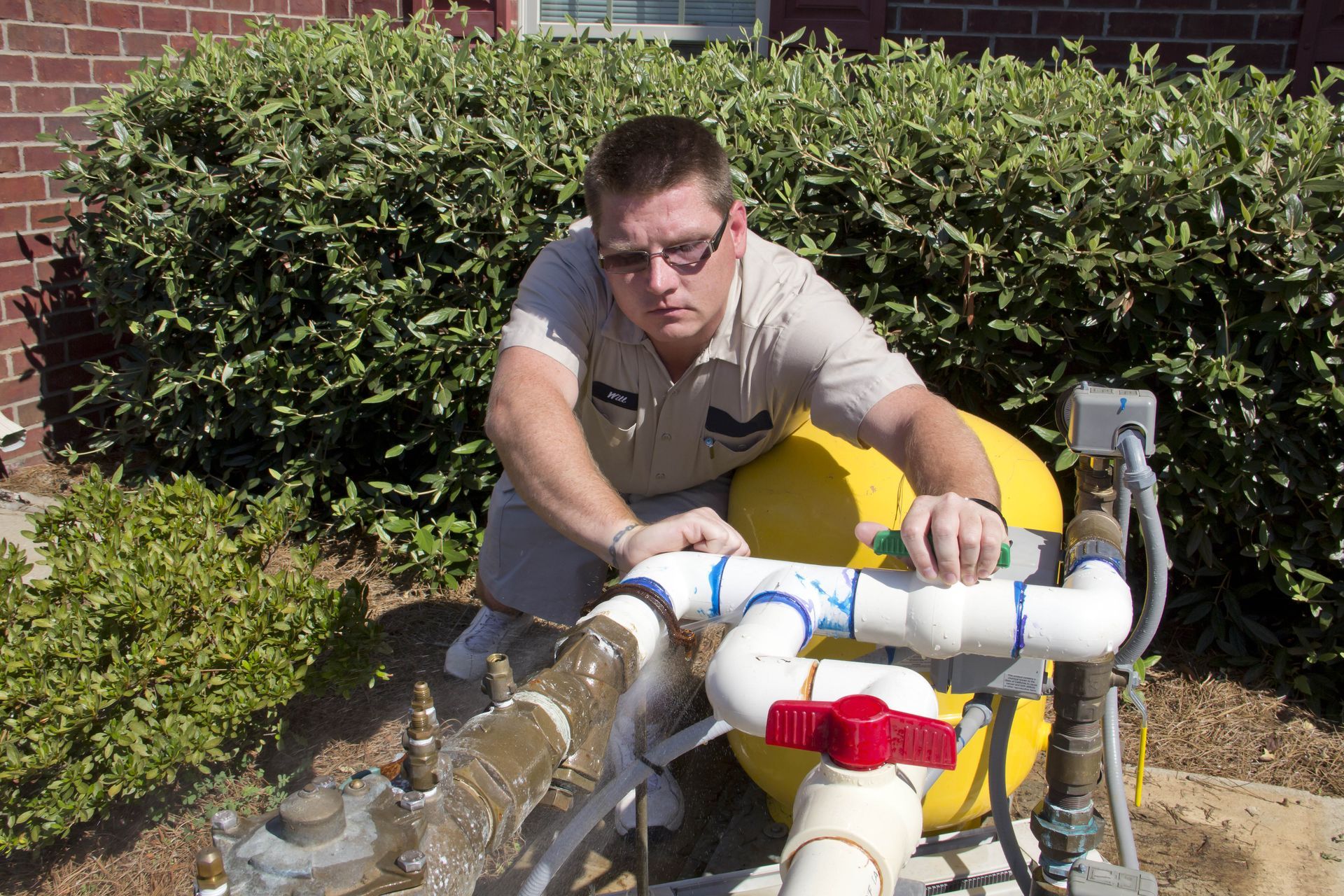Polk, Orange, Hillsborough, Osceola, and Hardee Counties, FL
Treating Today's Water For Tomorrow
How Do Lift Stations Work?
The intricate world of wastewater management plays a pivotal role in maintaining the health of our communities and ecosystems. Central to this system are lift stations, unseen yet vital components that help manage the flow of wastewater in places where gravity alone is insufficient. Understanding how these facilities operate gives us insight into how urban infrastructure sustains sanitation, environmental stewardship, and public health. Without this infrastructure, cities would face serious challenges in safely managing human waste and runoff.
System Function and Key Components
Lift stations are essentially pumping stations designed to move wastewater from lower to higher elevations, especially in areas where the natural gravitational flow is impeded. They are strategically placed to keep waste flowing efficiently through sewer networks, ensuring it reaches treatment facilities without delay. Each station typically comprises a receiving well, pumps, valves, and an electronic monitoring and control system. This configuration allows for the automatic operation of pumps when waste volumes reach predetermined levels, effectively managing the flow without constant human intervention. A properly functioning lift station can process thousands of gallons of wastewater per day, keeping systems running smoothly.
Environmental Impact and Public Health
The efficiency of these stations is crucial, considering the daunting statistic that around 80% of wastewater worldwide flows back into the ecosystem untreated, according to UpKeep. By ensuring a consistent flow of wastewater to treatment plants, these facilities help mitigate potential environmental contamination. Moreover, they play a critical role in preventing sewer overflows, which can lead to dire public health concerns and ecological damage. Urban areas, in particular, rely heavily on this infrastructure to manage the colossal volumes of waste generated daily. Their role is especially vital during periods of heavy rainfall, when systems are prone to overflow.
Maintenance Practices and System Efficiency
Modern practices emphasize routine maintenance, early detection of potential issues, and optimized pump performance to prevent failures. Regular inspections and responsive upkeep help ensure that each station continues functioning effectively, even under high demand. With growing urban populations and expanding infrastructure, these operational strategies are essential for long-term sustainability in wastewater management systems.
By facilitating the efficient flow of waste to treatment plants, a lift station can help safeguard both public health and the environment. As technology continues to evolve, this critical infrastructure will undoubtedly become even more efficient, playing a crucial role in maintaining sustainable urban ecosystems, while addressing global wastewater challenges. Contact our team at Consta Flow today to get connected with our services.

serving Area
Polk County, FL
Orange County, FL
Hillsborough County, FL
Osceola County, FL
Hardee County, FL
and surrounding areas
Business Hours
- Mon - Fri
- -
- Sat - Sun
- Closed
24/7 Emergency Service


Share On: